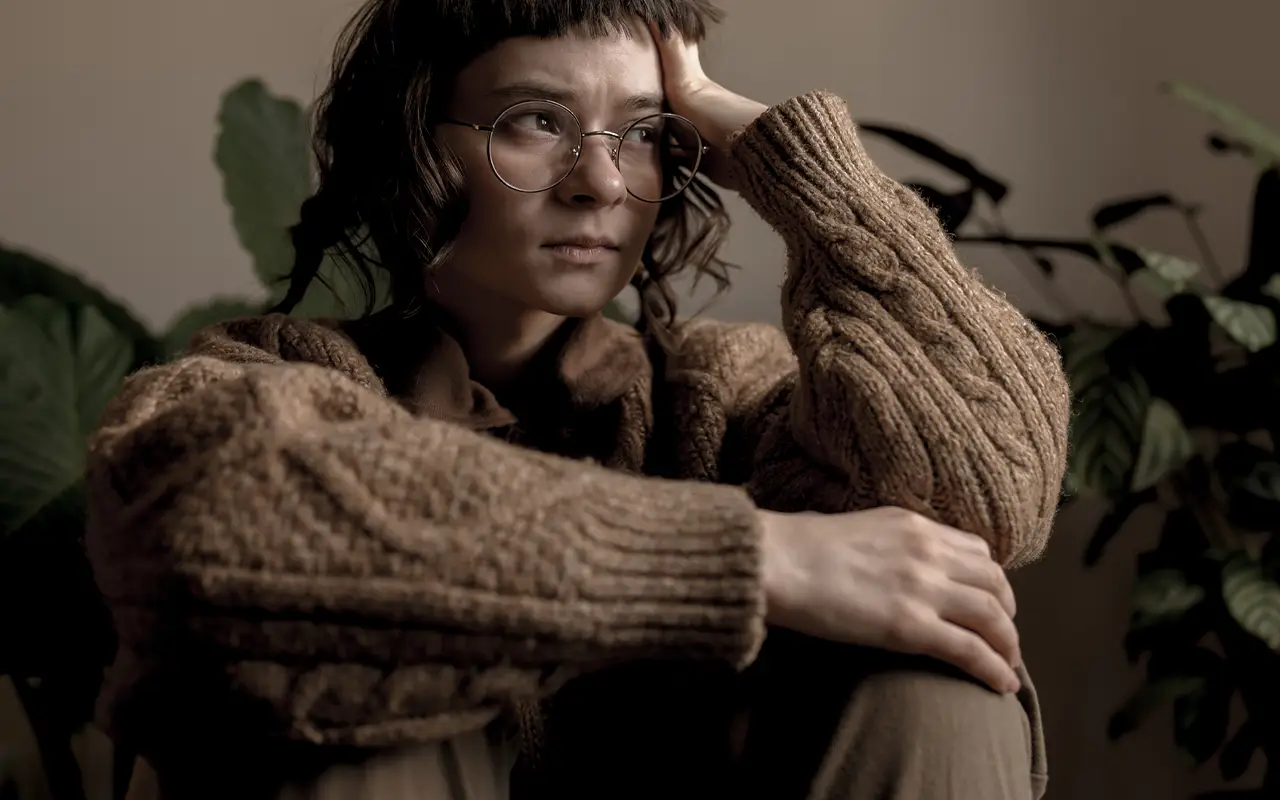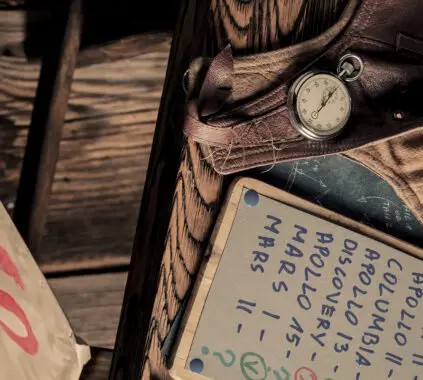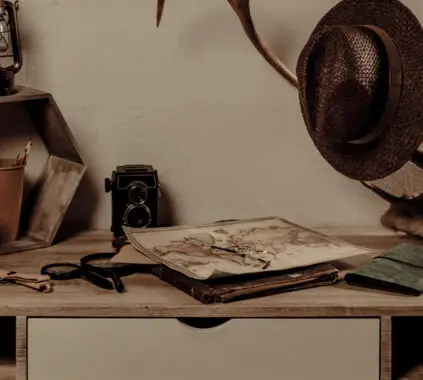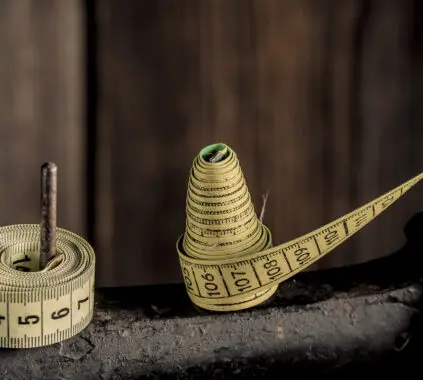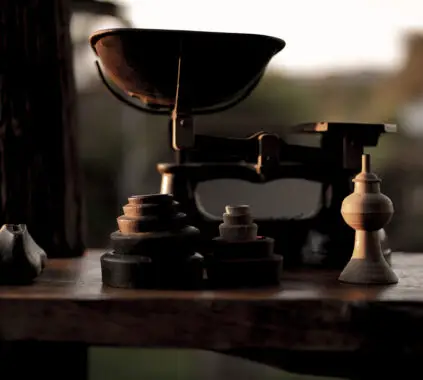The Scene: The Silent Death of Creativity
Think about when you were a kid.
- You built whole worlds out of cardboard boxes.
- You made up stories without overthinking.
- You asked why? about everything.
Creativity wasn’t something you “tried” to do—it was how you explored the world.
But somewhere along the way… it changed.
- School, work, and life told you to “be realistic.”
- You learned that mistakes = failure, not discovery.
- You started second-guessing every idea before it even had a chance to grow.
And suddenly?
You stopped thinking of yourself as creative.
Why Creativity Fades (And Why It’s Not Your Fault)
Most people don’t lose creativity because they aren’t creative.
They lose it because they stop trusting their creative instincts.
- The education system rewards right answers—not original thinking.
- Corporate culture values efficiency over experimentation.
- Social pressure makes people fear looking foolish—so they play it safe.
But the truth?
Creativity isn’t a talent—it’s a skill. And if you train your brain to think creatively again, you can get it back.
– Lauren Janeeen
Here’s how.
The Experiment: 3 Ways to Reignite Your Creativity
Unlearn the Fear of “Bad Ideas”
The fastest way to kill creativity? Judging ideas before they even exist.
Most people filter themselves too early.
- They don’t write because “It won’t be good.”
- They don’t start a project because “Someone else has already done it.”
- They don’t share ideas because “What if people don’t like it?”
1: Train Yourself to Generate “Bad” Ideas on Purpose
- Set a timer for 3 minutes and write down the worst ideas you can think of.
- Push past the urge to be “smart” or “right”—just create.
- When the timer ends, pick one and ask: “How could I make this work?”
Why This Works: Creativity thrives on volume before perfection. The more ideas you generate, the more breakthroughs happen.
2 Curiosity as a Habit: Follow 3 New Curiosity Sparks This Week
Most adults stop being curious—so they stop discovering new ideas. But curiosity is the fuel for creativity.
- Read or watch something outside your normal interests.
- Ask “What if?” at least three times a day.
- Keep a Curiosity Notebook where you write down questions, weird thoughts, and ideas you don’t understand yet.
Why This Works: The brain makes its most creative connections when it absorbs unexpected information.
3 Do One Creative Thing Without Trying to Be Good at It
Most people only engage in creativity when they need to produce something “valuable.”
But creativity thrives when there’s zero pressure.
- Pick a Creative Activity That Doesn’t Have to “Be Good”
- Doodle with no intention.
- Write a short story you’ll never show anyone.
- Make something ugly on purpose.
Why This Works: Creativity grows when it’s playful, not pressured. The more you create for fun, the easier it gets to create when it matters.
The Final Lesson: Creativity Never Left—You Just Stopped Trusting It
If you feel like you’ve lost creativity, the problem isn’t ability—it’s permission.
- You’ve been taught to filter ideas too soon.
- You’ve been trained to ignore curiosity in favor of “real work.”
- You’ve been told that if you’re not “good” at something, it’s not worth doing.
But here’s the truth:
Creativity is always there—you just have to stop blocking it. And the moment you trust your creative instincts again? That’s when the magic comes back.
– Lauren Janeen
Your Challenge This Week
- Try one of the three creativity exercises this week.
- Notice how it changes the way you think and create.


